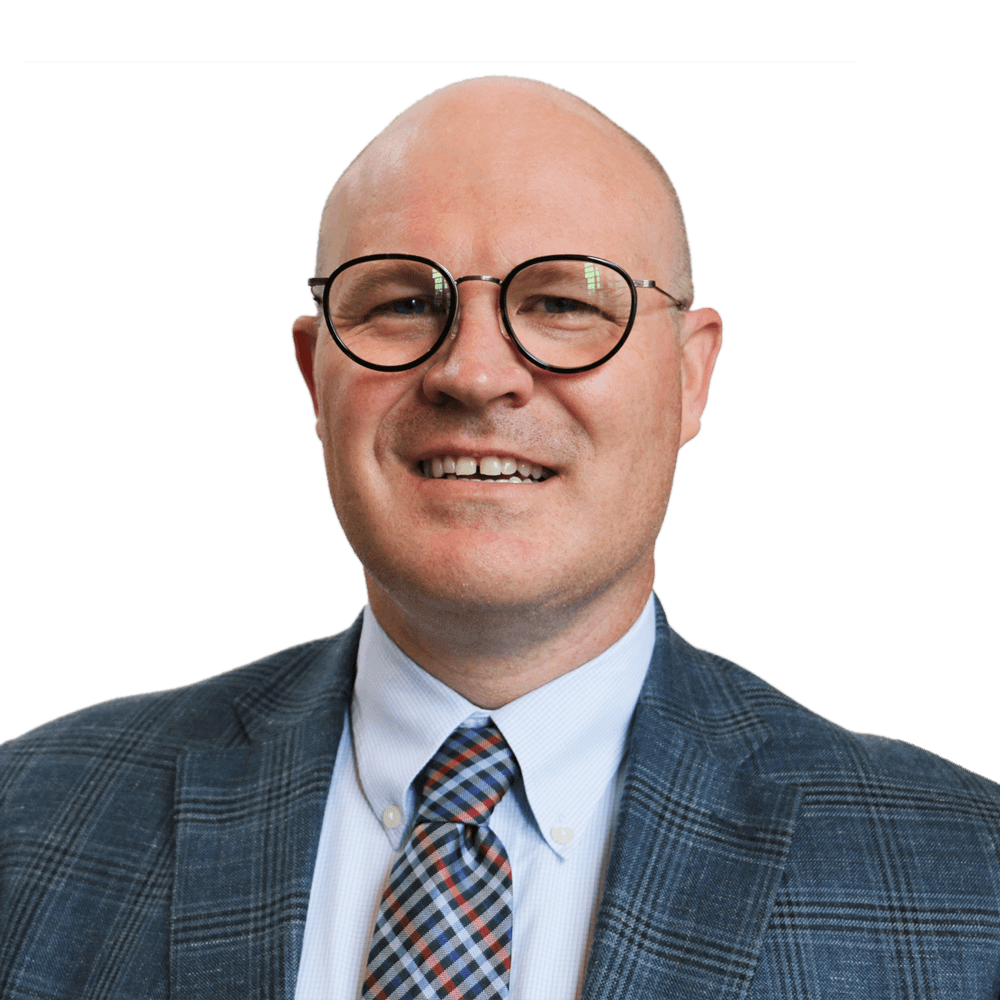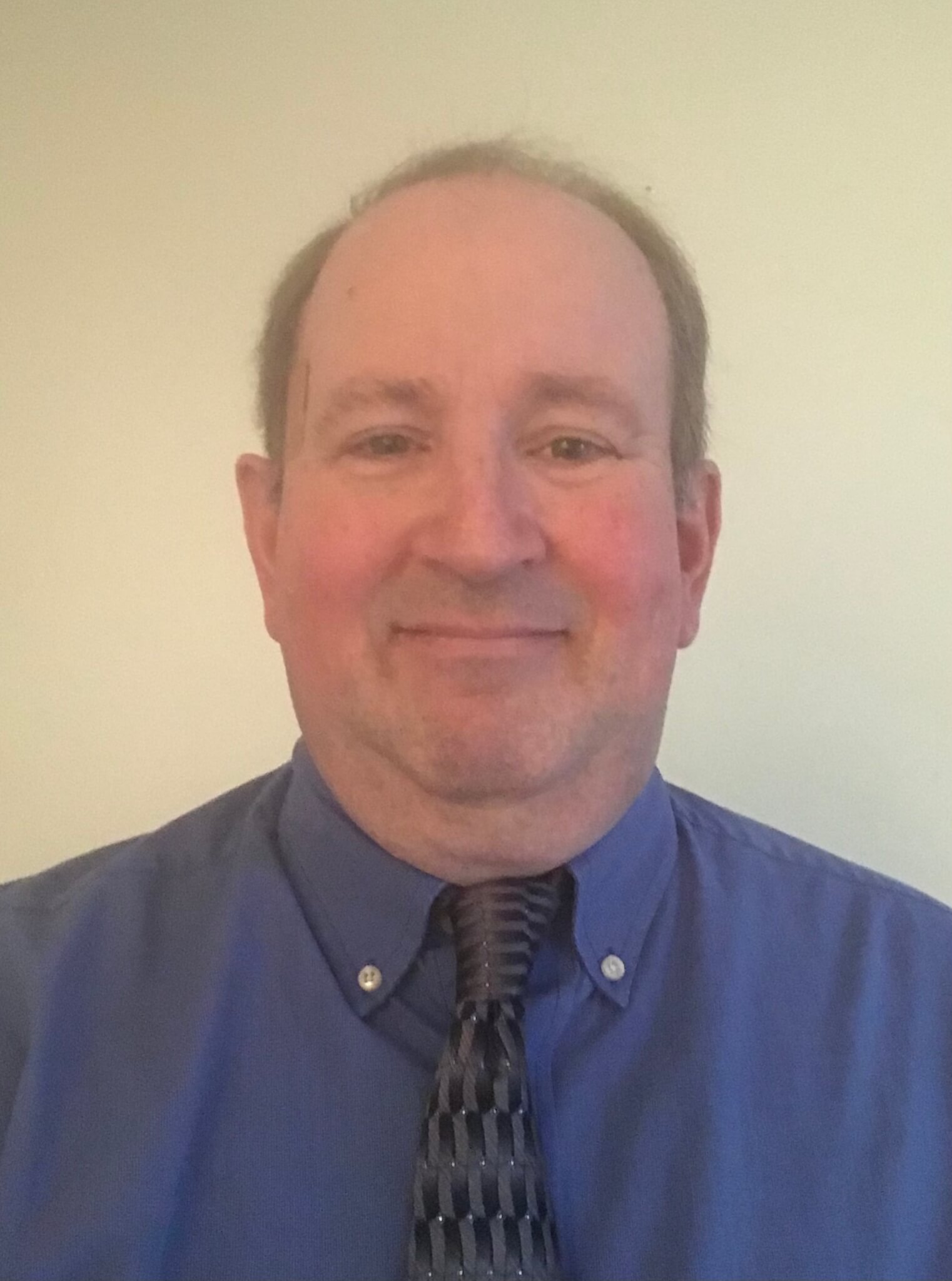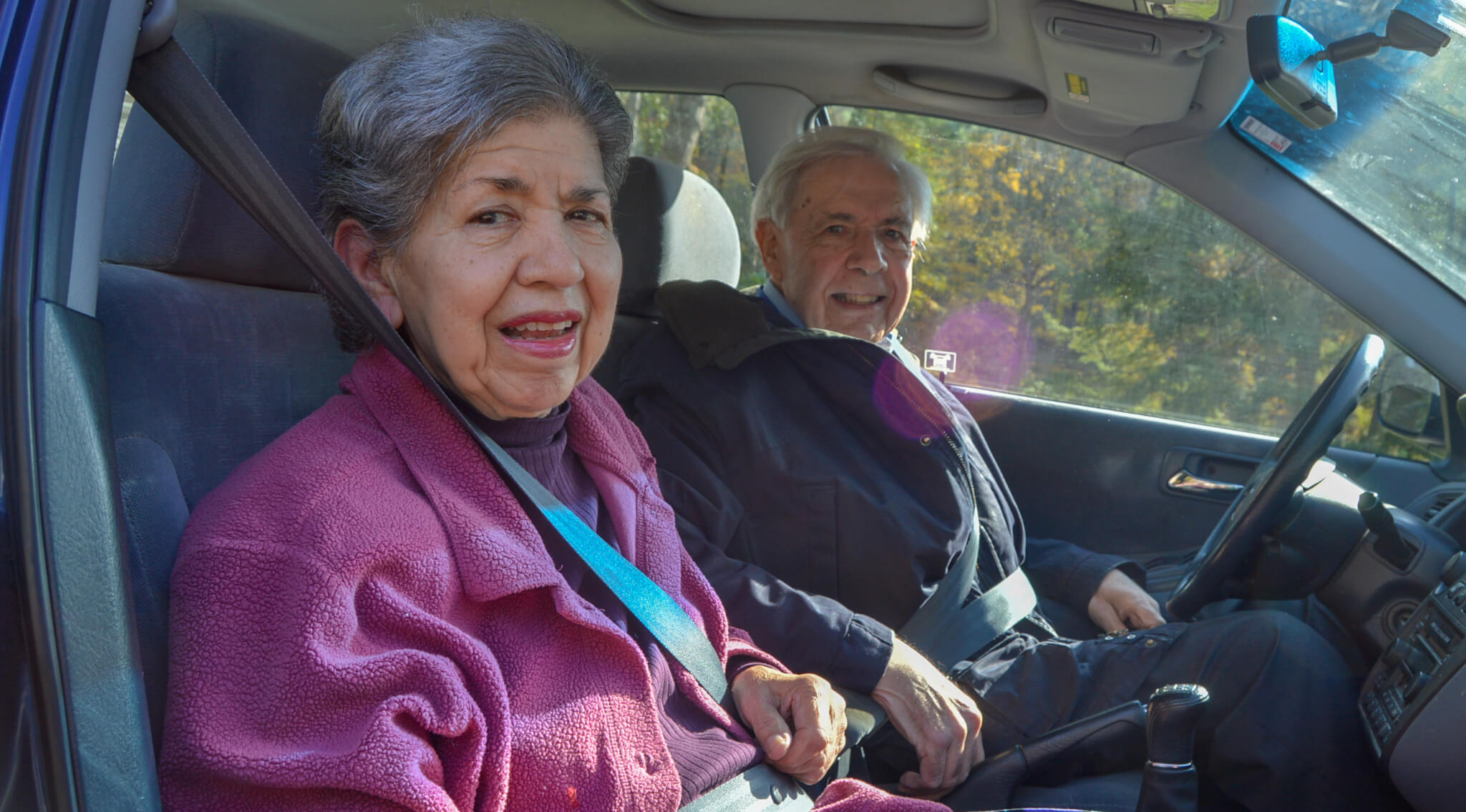I‘m grateful for our caring community. There has been a real outpouring of support and frequent requests for updates since my last article. We oftentimes don’t actually have access to much more information than you do and while announcements keep coming, useful communication, guidance, and clarity are all minimal at best. I have learned in my time at LifePath that our community is full of smart, passionate, active, engaged, empathetic folks who are doing their best to support their neighbors and make their communities better places. I see this daily in our LifePath team and volunteers. Instead of parroting information that folks can find elsewhere, I thought a better approach is to share concerns a group of colleagues have with the “One Big Beautiful Bill” recently advanced by the House of Representatives. The bill is currently on its way to the Senate. It’s early days and there is time for change, and I don’t think we’ll have clarity about how we move forward until the finalized federal budget comes out closer to the fall.
LifePath is avoiding the temptation to chase speculation and instead focusing our energy on our essential work. We hope for the best and prepare for the worst; hopes are not high, while preparations have been in full swing since well before the last election. While the proposed bill may be “big,” it is by no means “beautiful” to the most vulnerable in our communities. Community and human services funding is being slashed; housing, food, health insurance support, and community development monies are all on the chopping block. What is abundantly clear is the federal government’s intense interest in cutting funding that will negatively impact older adults, individuals living with disabilities, people without stable housing, and those with lower incomes—all people served by LifePath and many other human and social service agencies in our area.
Medicaid cuts are also a key focus of the federal administration. Any cuts to Medicaid will be catastrophic, reducing funding coming into Massachusetts and limiting access to MassHealth, eliminating coverage for many, installing work requirements for folks who may not be able to do so, and shifting administrative and financial burden to the state, which is already experiencing budget shortfalls of its own.
The federal chaos and dysfunction has been a hot topic of discussion for our local nonprofit community. For over a year, more than 40 local nonprofits have gathered together regularly with the main goal of learning how we can support one another. I recently sat among colleagues from Franklin County and the North Quabbin region and I was struck by the interdependence of our work. LifePath had a connection with every representative in that room in one way or another; some agencies we refer to, some agencies refer to us, some organizations are grantmakers who have awarded us funding and in turn, we provide funding to others, some are folks with whom we’re working on various projects and initiatives—the list goes on.
If we think of the community supports in our area as a web, when one strand breaks, all of the other strands have to take on more. The viability of the entire structure is threatened. The federal budget cuts currently proposed will affect us all, either directly, or because of the intertwined nature of our work. Our nonprofit web of community support is impressive and impactful, and yet, we are all wracked with worry and anxiety about what’s to come.
In a recent conversation, friends and colleagues Jess Thompson, Associate Director of Community Engagement for Community Action Pioneer Valley (CAPV), and Amanda Sanderson, Executive Director of Resilience Center of Franklin County, formerly NELCWIT, shared their perspectives. These are just two of the partner organizations LifePath works alongside to break down barriers and build bridges to serve those in need. Jess distilled it down perfectly by saying, “We are a group of organizations trying to hold things together when folks don’t have the resources they need.”
The nonprofit community provides tools to keep folks from falling off of the cliff. Individuals we serve may have never anticipated that they do not have enough food to support themselves or their families, or that they would be trapped in an abusive relationship, or that they would be a grandparent raising grandchildren, or that they couldn’t afford to safely heat their home during a particularly brutal winter, or that they would be caregivers for aging parents. Our agencies are there to care for our neighbors in times of need or crisis.
Amanda suggests that a real challenge we face is that because some people don’t receive direct support from a local nonprofit, they can’t see the value and don’t recognize that our work can still impact them. The ripple effect of our agencies creates positive outcomes in our community’s schools, businesses, and overall economic vitality. It’s imperative that our community and elected leaders view health and human services as more than a line item, and instead consider the support that we provide to failing and broken systems. As Amanda deftly reminds us, “You need well individuals and well families to have a healthy community.”
I can say with certainty that our federal and state representatives are right beside us in this fight. What they and other experts encourage us to do is to advocate outside of our local area. Talk to friends and loved ones who live in areas where their representatives voted in favor of the One Big Beautiful Bill. Share with them how a local nonprofit organization made a difference in your life and encourage them to think about related organizations in their areas, and how proposed cuts could impact them. This sharing destigmatizes needing help and humanizes those who may need support. Share these stories with us; all of our organizations use these real-life examples to talk to legislators, to fundraise, to write grants, and to engage with one another so that we can think together, as a group, about how we can mutually aid our neighbors.




